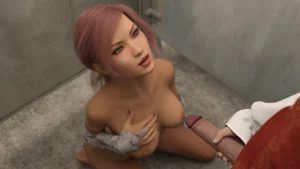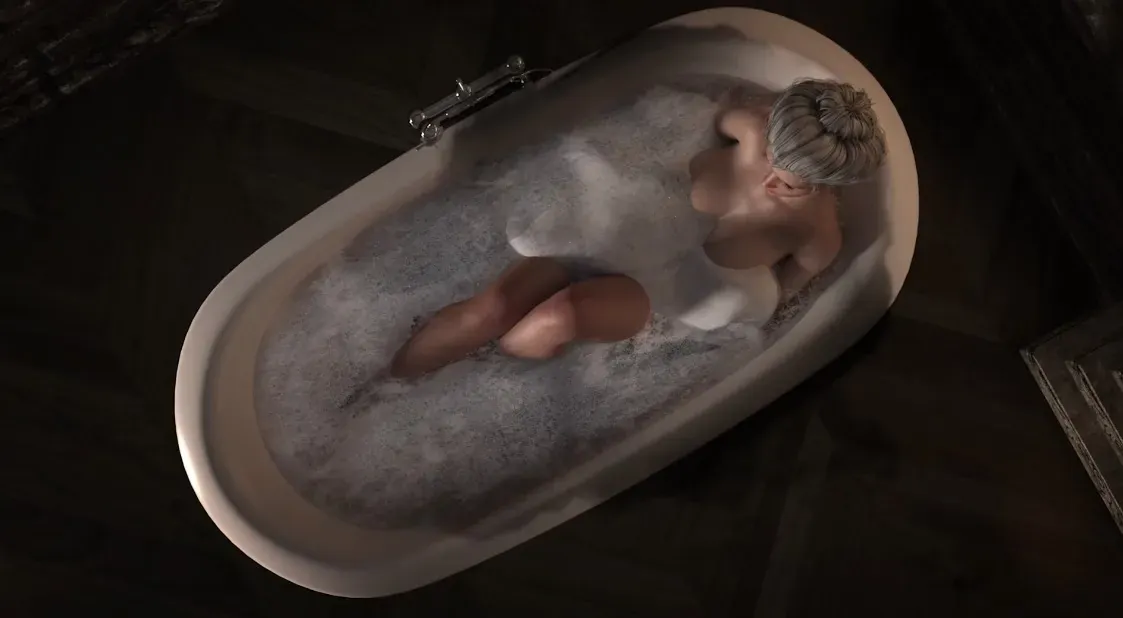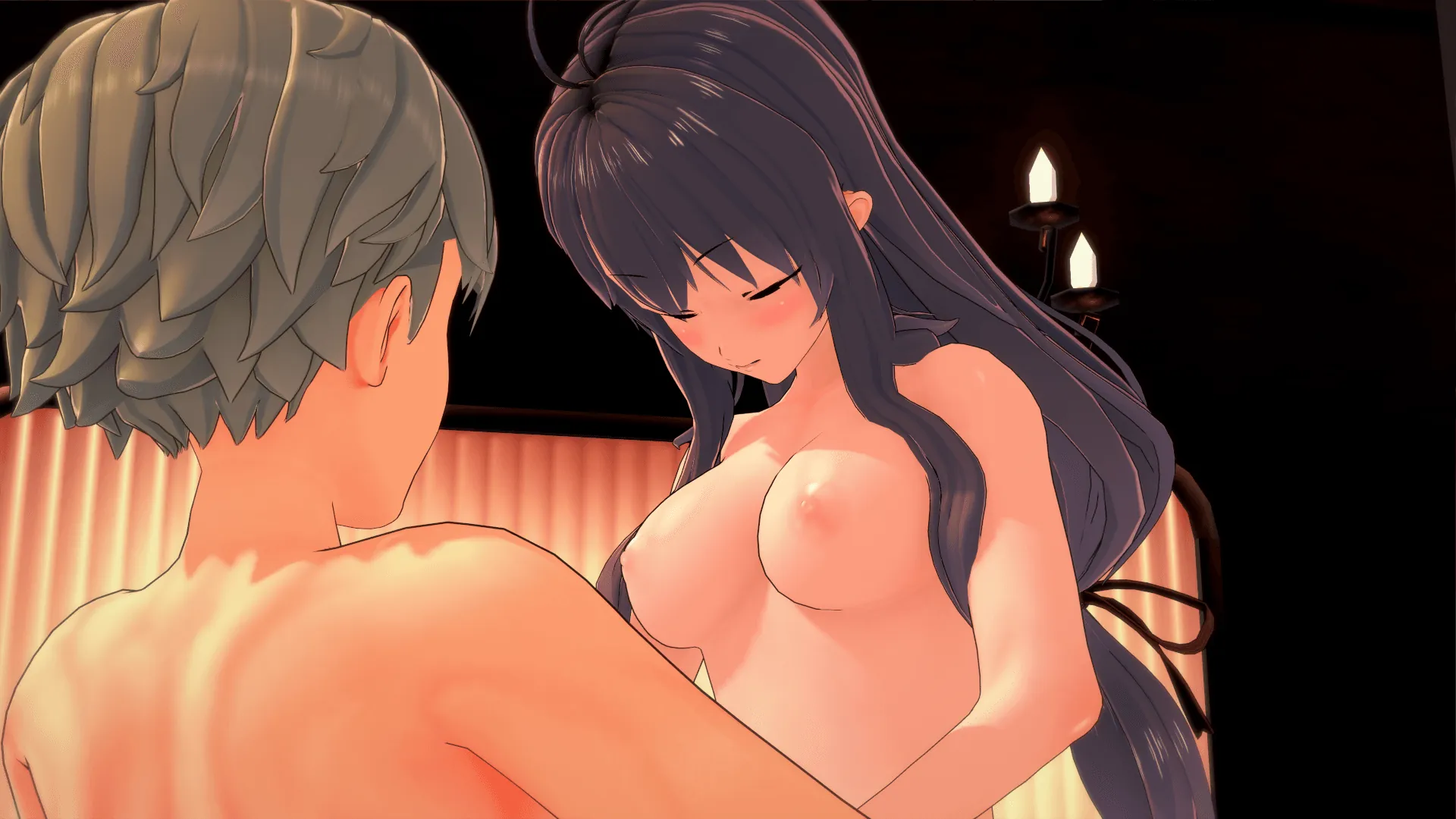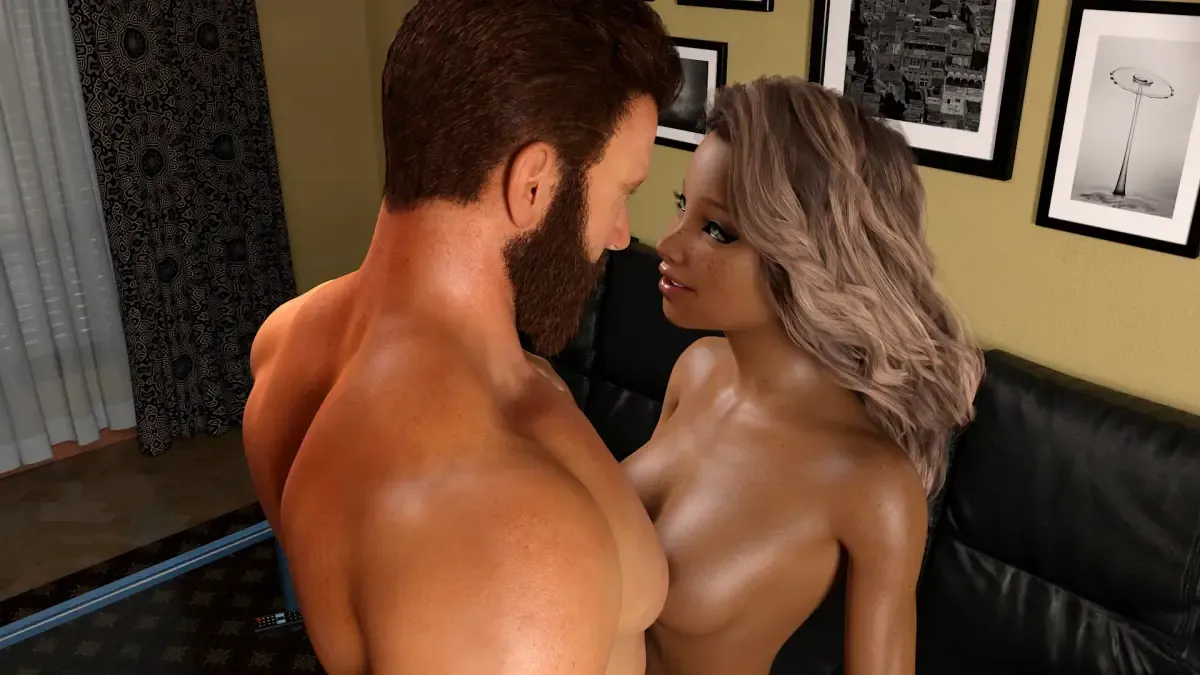
Play Returning to Mia
Returning to Mia review
Explore the storyline, gameplay, and unique features of Returning to Mia
Returning to Mia is a captivating interactive game that continues the story from its predecessor, Summer with Mia. This game invites players to reconnect with Mia and shape the narrative through their choices, offering a unique blend of storytelling and gameplay. In this article, we’ll explore what makes Returning to Mia stand out, from its engaging plot to its system requirements and gameplay tips, helping you get the most out of your experience.
Understanding the Story and Setting of Returning to Mia
Let’s be honest—we’ve all played games where the story feels like an afterthought. You know the ones: generic plots, forgettable characters, and endings that leave you shrugging instead of sobbing. 😴 But what if I told you there’s a game that completely flips the script? A game where your decisions genuinely matter and the emotional payoff is real? That game is Returning to Mia, and its narrative is nothing short of breathtaking. 🎮❤️
If you’re diving into this experience, you’re probably here for the heart of it all: the Returning to Mia story. It’s a deeply personal journey that picks up two years after the events of its predecessor, weaving a complex web of regret, reconciliation, and rediscovery. The beauty of this interactive game story lies in its subtlety—it doesn’t shout its themes at you. Instead, it invites you to live them.
What is Returning to Mia About?
At its core, Returning to Mia is a story about second chances. 🕰️ You step back into the shoes of the protagonist, returning to a seaside town you haven’t visited in two years. The reason? Mia. A person from your past who you haven’t spoken to since that fateful summer. The game masterfully builds tension through atmosphere—the quiet beaches, the unchanged diner, the familiar yet distant look in Mia’s eyes. It’s a slow burn, and every moment feels intentional.
The Returning to Mia plot summary revolves around rekindling a fractured relationship while dealing with the weight of unresolved history. Without giving too much away, the story explores whether some bonds can be repaired after time and silence have done their damage. What’s brilliant is how the game integrates its game narrative choices into this theme. Every dialogue option, every decision to be honest or evasive, to reach out or pull back—it all shapes not only your relationship with Mia but also the story’s outcome.
I remember one playthrough where I chose to avoid a difficult conversation early on, thinking it would keep things light. Big mistake. 😅 That one decision rippled through the entire game, locking me out of a deeply emotional scene later. It’s that level of consequence that makes the Returning to Mia story so compelling. You’re not just watching a story unfold—you’re living it, mistakes and all.
Here’s a quick look at the Returning to Mia timeline to help visualize the narrative structure:
| Time Period | Event |
|---|---|
| 2 Years Ago | The events of “Summer with Mia” conclude; the protagonist leaves town. |
| Present Day – Week 1 | Return to town; first awkward encounters with Mia. |
| Present Day – Week 2 | Old memories resurface; key choices determine relationship trajectory. |
| Present Day – Week 3 | Confronting the past; reaching a pivotal moment of truth. |
| Endgame | Multiple endings based on accumulated choices and affinity. |
How Does Returning to Mia Connect to Summer with Mia?
If you’re new to this world, you might be wondering about the Summer with Mia connection. 🤔 Don’t worry, you can absolutely jump into Returning to Mia and still have a rich experience. But for veterans of the first game, the emotional impact is magnified tenfold. This isn’t just a sequel; it’s a direct continuation. The save data import feature (or a detailed recap at the start) means your past actions—how you treated Mia, the promises you made or broke—directly influence the world you return to.
This Summer with Mia connection is the backbone of the entire narrative. The two-year gap is a character in itself. It’s filled with unanswered texts, lingering what-ifs, and the quiet hope that maybe, just maybe, things can be different this time. The game brilliantly uses your knowledge (or lack thereof) of the past to fuel the present drama. Characters remember what you did, and they won’t let you forget it easily.
🎯 Pro Tip: If you have a save file from Summer with Mia, use it! The callbacks and continuity rewards are some of the most satisfying moments in the game.
For example, one pivotal game narrative choice occurs early on when Mia asks you, “Why did you really come back?” You’re given three options:
* “I missed you.” (Romantic)
* “I thought it was time.” (Neutral/Guarded)
* “I needed to get away from my life.” (Honest/Vulnerable)
This single response can set the tone for your entire relationship moving forward. In my first playthrough, I chose the guarded option, and it created a subtle but persistent distance between us. Choosing the vulnerable option in a later run opened up entirely new, intimate scenes I didn’t even know existed! This is the power of its interactive game story—it rewards emotional bravery.
Who Are the Main Characters in Returning to Mia?
A great story is nothing without its people, and the Returning to Mia characters are some of the most well-written and authentic I’ve encountered. They feel less like digital creations and more like people you actually know, with their own flaws, dreams, and complexities.
-
Mia: 🎭 The heart of the entire experience. She’s not the same person you left behind two years ago. She’s more reserved, guarded, and has built a life without you. Unraveling the layers of her character—understanding her pain, her growth, and her hopes—is the player’s primary drive. She’s beautifully realized, and your choices directly impact how much of her true self she reveals to you.
-
The Protagonist (You): This is where the game shines. You aren’t a predefined hero. Your personality, intentions, and morality are shaped entirely through your game narrative choices. Are you here to apologize? To rekindle a romance? Or just to soothe your own guilt? The game doesn’t judge; it simply reflects your choices back at you through the reactions of other characters.
-
Leo: 🍻 The owner of the local beachside bar and a old mutual friend. Leo acts as a wonderful sounding board and sometimes a catalyst for drama. He remembers the past clearly and isn’t afraid to call you out if he thinks you’re causing Mia more pain. His subplot involving keeping his family’s business afloat adds rich world-building.
-
Sarah: 📚 Mia’s best friend and your biggest skeptic. She is fiercely protective of Mia, making her a significant obstacle (or potential ally) depending on your actions. Earning Sarah’s trust was one of my most rewarding side goals in the game.
Here’s a quick reference table for the core Returning to Mia characters:
| Character | Role | Relationship to Protagonist |
|---|---|---|
| Mia | Central Figure | Old flame / Complicated past |
| Protagonist | Player Character | Defined by player choices |
| Leo | Confidant & Bartender | Old friend; voice of reason |
| Sarah | Mia’s Best Friend | Protective; initial distrust |
Understanding the Returning to Mia characters is key to navigating the social landscape of the game. Remember, everyone has a memory of who you were, and it’s up to you to show them who you are now. Or, perhaps, to decide if you’ve even changed at all.
Ultimately, the Returning to Mia story is a masterclass in emotional gameplay. It proves that video games can be a powerful medium for exploring delicate, human stories. The Summer with Mia connection provides a foundation of history that makes every interaction feel weighted and meaningful. So, take your time. Talk to everyone. Listen to what isn’t being said. Your choices aren’t just about getting a good ending; they’re about discovering what kind of person you want to be in this world, and what kind of future, if any, you can build with Mia.
Returning to Mia offers a compelling continuation of its predecessor with a rich narrative and engaging gameplay that invites players to shape their own experience. Understanding the story, mastering the gameplay mechanics, and applying practical tips can greatly enhance your journey with Mia. Dive in, explore your choices, and enjoy the immersive world this game creates. Ready to start your adventure? Jump into Returning to Mia and discover where your decisions lead.





















